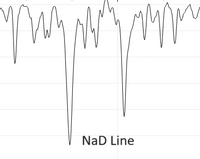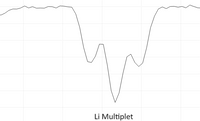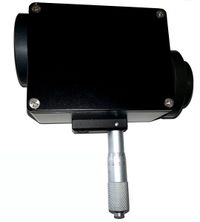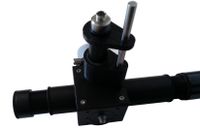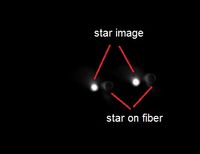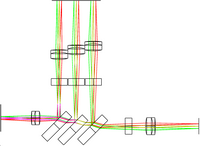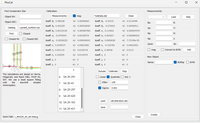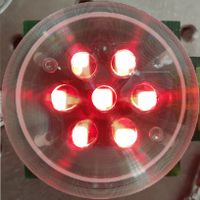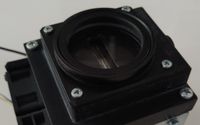About Us
Our expertise lies in particular in the development of spectroscopic systems for the optical wavelength range. This experience has been gained primarily within instrumentation projects for astrophysics.
Further focal points are fiber optics, LED light sources, telescope optics, microlenses (arrays), as well as the alignment and analysis of optical systems. Some examples are listed below.
White Pupil Echelle Spectrograph
Echelle spectrographs have the advantage of capturing a large wavelength range with high spectral resolution at the same time. In astrophysical instrumentation, the "white pupil" layout is very common, which works with three collimators (can be a single mirror). Such an instrument was developed by us for the Dieterskirchen observatory and manufactured by Astrogeräte Berger.
MiniSpec
The MiniSpec is a compact classic spectrograph that can be adapted to various measurement tasks. Gratings from 300 l/mm to 1800 l/mm can be used and the input aperture can be defined by a slit, pinhole or fiber.
Fiber Coupling
This fiber coupling allows a fiber input to be imaged onto a detector via a beam splitter. This enables precise positioning of a point source on the fiber core.
Multi-Channel Photometer
Photometers are used to measure the brightness of light sources, the transmission of samples or the efficiency of optical components. This multi-channel photometer was developed to record several color channels simultaneously and with a single detector.
LED-Array-Source
In order to achieve high power densities or to distribute light to different surfaces, the flux of several LEDs can be combined to one focus and coupled into a light guide. In order to achieve high efficiencies, the selection of the correct optical elements and a realistic simulation are crucial.
Linear Detector
Linear detectors are inexpensive options for use as detectors in a spectrograph. However, to enable longer exposure times, they must also be cooled. This reduces the dark current and the associated noise component.

